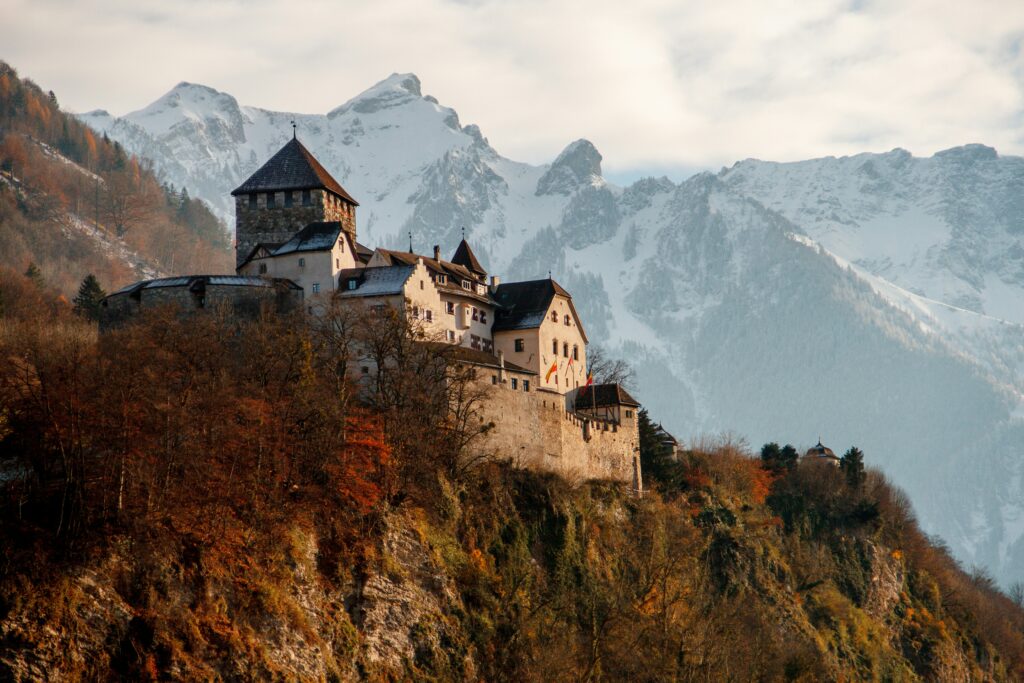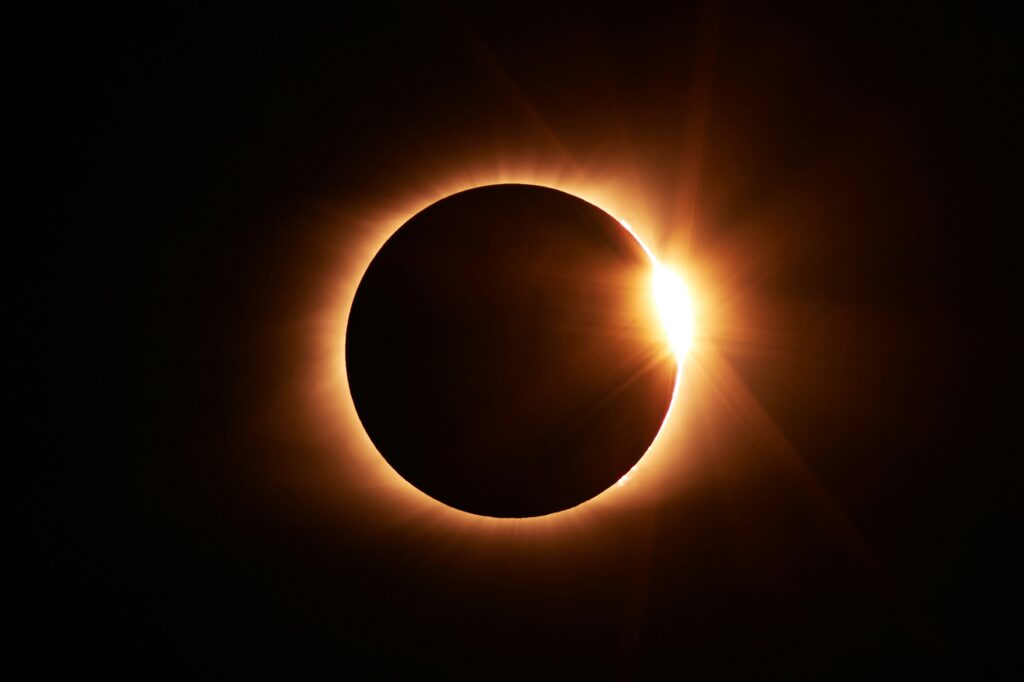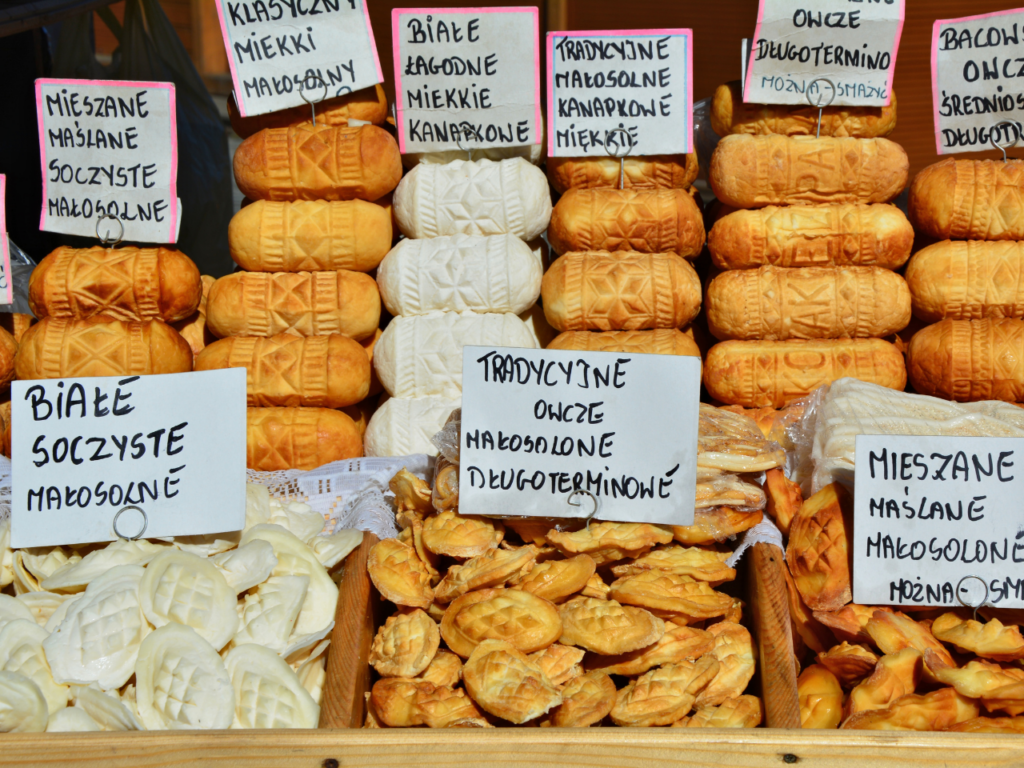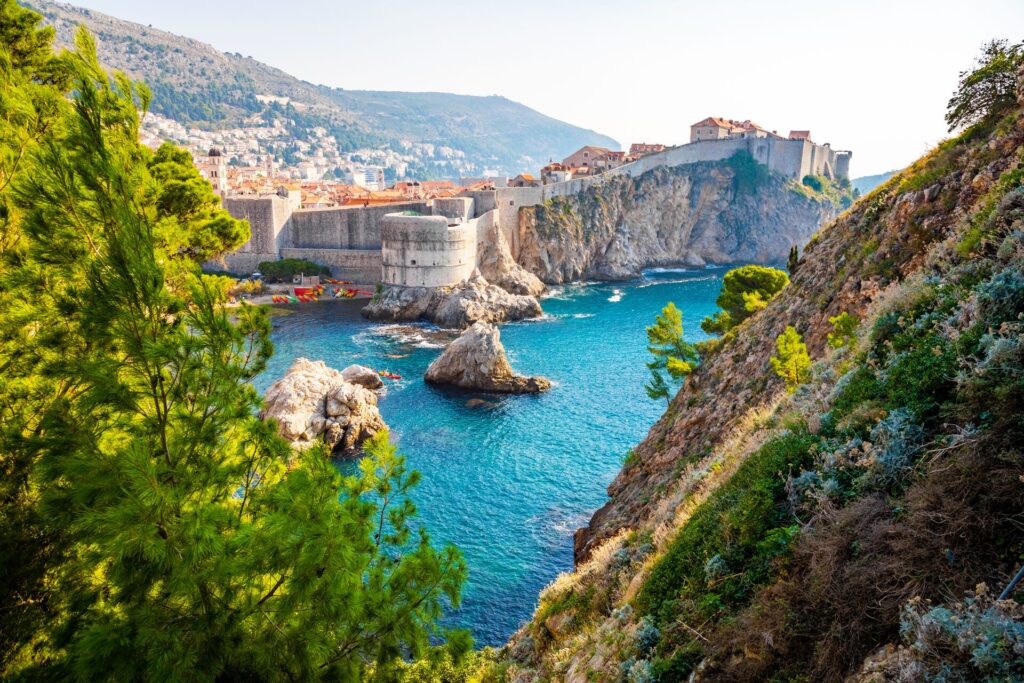Primely located at the crossroads of Africa and Europe, and blessed with delights for every season, Morocco is a stand-out year-round destination. From the bustling bazaars of Marrakesh to the snow-capped Atlas Mountains, if you’re looking for a memorable way to kickstart the new year, then take a look at why Morocco is the ideal place to visit for January and February.
For travel inspiration: Morocco destination guide
A hugely varied topography
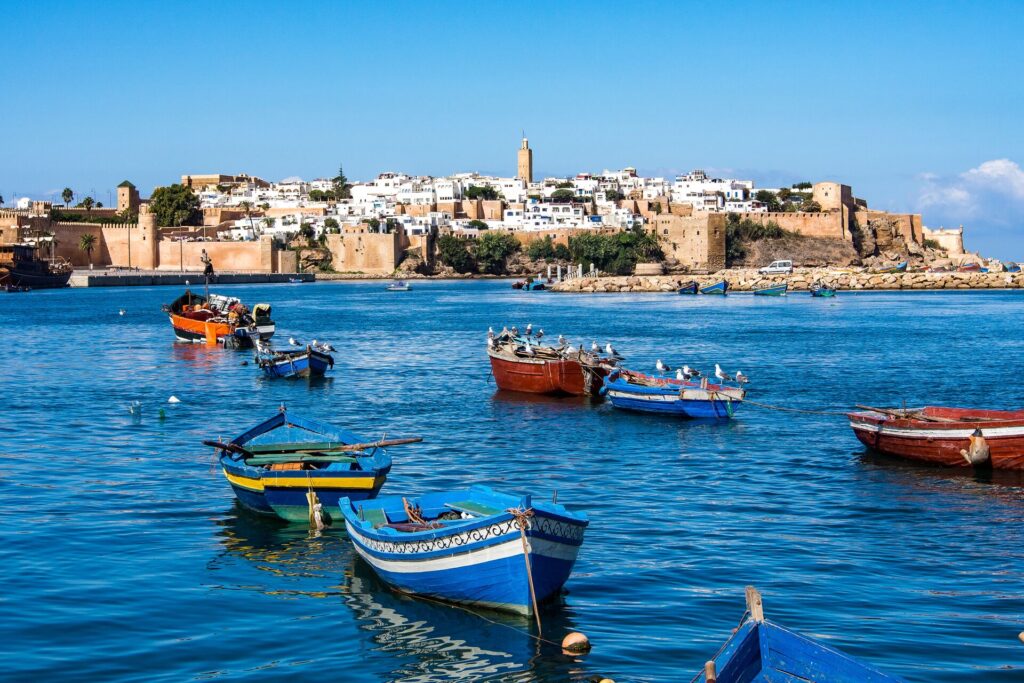
A significant portion of Morocco’s interior is made up of the Sahara Desert, with many locations experiencing searing heat in the summer, well above 104°F (40°C). However, Morocco’s northern coastlines are more like the Mediterranean, with warm summers and cooler winters, but not too much extremity. In the coastal cities and towns, temperatures typically don’t go over 86°F (30°C) on a hot day.
In the Atlas Mountains you can see much cooler evenings and plenty of snowfall in the winter. Autumn and spring generally offer warm to mild temperatures, making this an ideal shoulder season destination.
You may also be interested to read: The sustainable benefits of traveling in the off-season
Winter in Morocco
January and February in Morocco brings plenty of blue skies and sunny days. Perfect conditions to take your time exploring the fascinating cities and towns away from the crowds and without the summer heat. In January temperatures in cities like Marrakech experience daytime highs of 64°F – 70°F (18°C to 21°C) in while in Casablanca you can expect average daily high temperatures ranging from 59°F – 64°F (15°C to 18°C). Be prepared for dramatic drops in temperature at night and pack accordingly.
You may be interested to learn: These 8 architectural masterpieces in Morocco will blow you away
Magnificent cities, medinas and bazaars
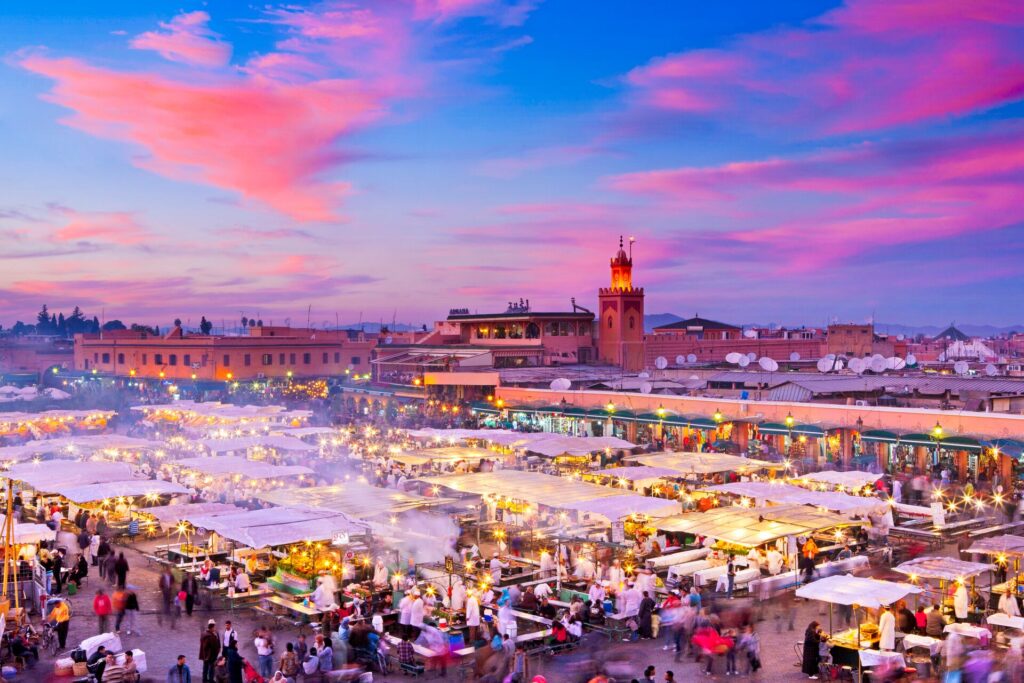
Morocco’s cities are a sight to behold. Fascinating destinations such as Marrakesh, Fes and Casablanca all offer magnificent historical sights, and are even better when less crowded and away from the heat.
The bustling souks and bazars of Marrakesh deserve to have hours devoted to them, perfect for winter in Morocco. Mix with the locals and shop for traditional textiles and handcrafted goods from the many stalls. Take note that February is the month when oranges are at their ripest and you will find the best in these bazaars. It is said that the orange juice of Marrakesh is all the sweeter because they mix in tangerine juice too.
The 13th century imperial city of Fez is one of the best conserved historic towns of the Arab-Muslim world. Home to one of the world’s largest medinas, take your time in pleasant temperatures to walk amongst the mules, donkeys and pedestrians flowing steadily through the streets.
Casablanca is Morocco’s chief port and largest city, and a hotbed of fascinating architecture. Here you will find the Hassan II Mosque, the largest mosque in the country. A magnificent work of art, with marble walls and wood carved ceiling, it’s a testament to the incredible craftsmen of the past.
Experience this on: Best of Spain, Portugal & Morocco
You may enjoy reading: Of all the gin joints: the fascinating tale behind Rick’s cafe in Casablanca
The sensational Sahara
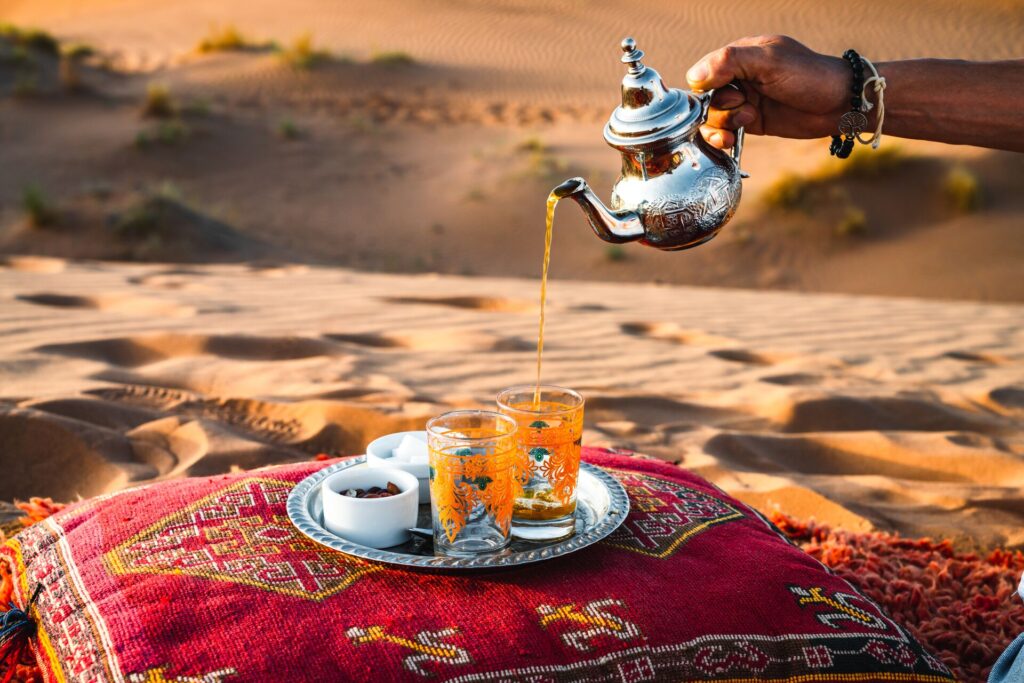
The largest hot desert on earth, the Sahara spans several countries in North Africa. A colossal expanse of golden dunes, this arid wilderness offers unrivalled beauty and tranquility, with a clear 360° horizon. If you’ve always wanted to stand in the footsteps of great explorers and see the Sahara, then January and February are the months to do it. During the day, temperatures reach highs of around 63°F (17°C) which is ideal for outdoor excursions, falling quite low after dark.
One of the best places to experience desert life is Erfoud, where red sand buildings stand in stark contrast against the patches of greenery and surrounding desert. Located in the south of Morocco, the town is considered the gateway to the Sahara. Travel with Insight on Best of Morocco and you can join an Optional Experience to head out on a four-wheel drive, meet the nomadic desert dwellers and enjoy a mesmerizing Sahara sunset.
Ouarzazate, the largest city in the Sahara is also a great place to visit in winter in Morocco. Known as the film capital, many blockbusters have been filmed here, including Lawrence of Arabia and Star Wars.
You may also be interested to read: From Islamic to art deco: A rich history of Moroccan architecture
See for yourself on: Best of Morocco
The Atlas Mountains
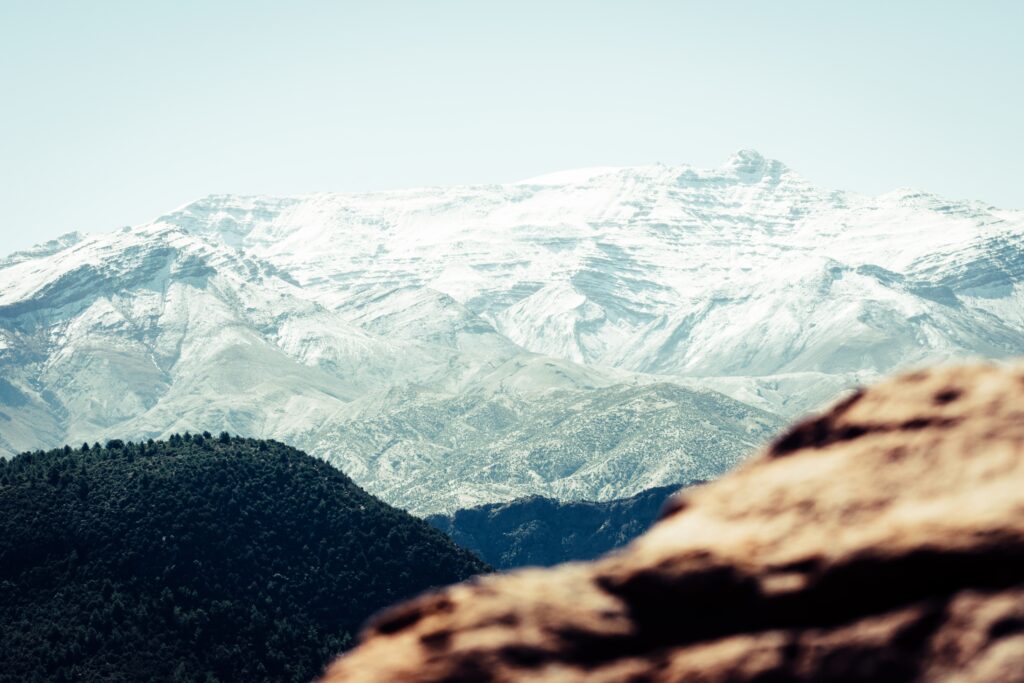
Separating the Sahara from the Mediterranean Sea are the Atlas Mountains. Extending for almost 2,000 km across North Africa, they pass through Morocco as well as Algeria and Tunisia. One of the world’s most fascinating regions to travel through, here snow-capped mountains flank an oasis of rivers and red rock canyons. Home to many of Morocco’s nomadic Berber tribes, shepherds tend to their flocks, children play and local markets and bazaars buzz with Berber life.
January and February bring spectacular snowfalls to the high Atlas, whist the Anti-Atlas is perfect for winter hiking. On January 12 and 13 Yennayer, the Amazigh (Berber) New Year, is celebrated to honor the beginning of the crop year. Traditional festivals take place in the mountain communities, where tribes gather together to sing, dance and celebrate their hopes for a prosperous growing season.
Bookmark for later: Guardians of the past: meet Morocco’s Berbers
A spectacular Almond Blossom festival
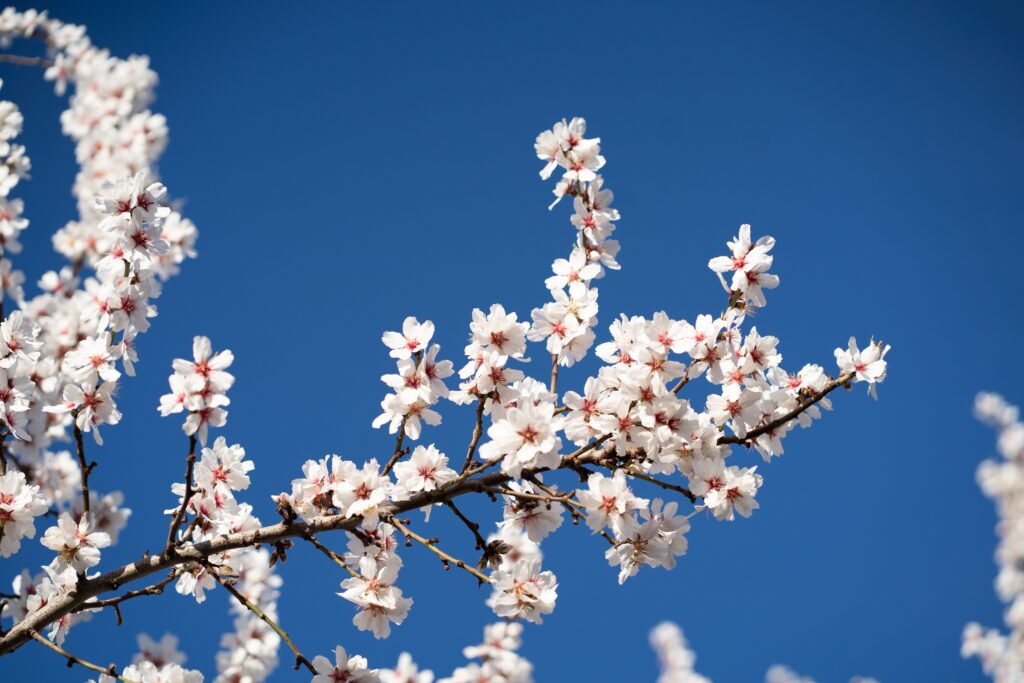
If you need a further reason to visit Morocco in January and February, every year, the Atlas Mountains are treated to the spectacular sight of delicate white and pink Almond blossoms. There’s no better place to see them that at the annual Almond Blossom Festival of Tafraoute, held usually in the second week of February.
A small Berber town in the mountains of the Tiznit province, Tafraoute is known for its friendly people and welcoming atmosphere. Here local communities gather to taste the year’s crops and listen to traditional music, inspired by the beauty of the almond trees that decorate the Atlas Mountains as they begin to bloom.
Almond Blossom festivals also take place across Morocco, with people celebrating the spectacular sight of almond orchards covered in delicate pink and white blossoms. The festivals often feature cultural events such as traditional music, dance performances, and local crafts. This provides an excellent opportunity to explore and purchase unique, locally crafted items.
If you can’t get out to the mountains, you can also enjoy the Almond trees in Marrakech. The Gardens of the Koutoubia Mosque are a great place to sit in the evening to observe the beautiful colors.
You may also enjoy reading: These spring festivals have uniquely fascinating histories
To discover the highlights of Morocco, from the sands of the desert to the bustling bazaars, take a look at our collection of premium guided tours.
